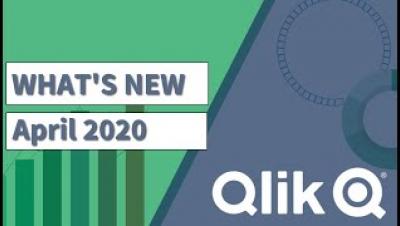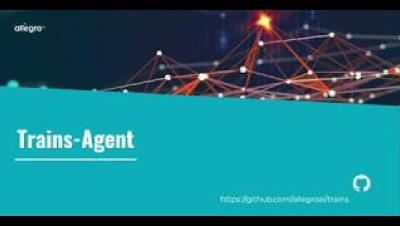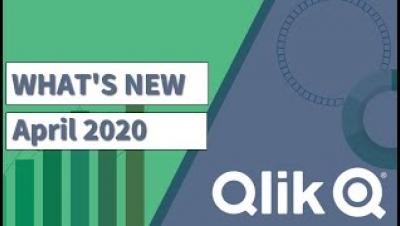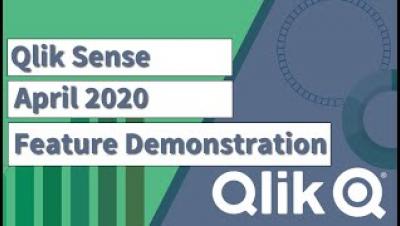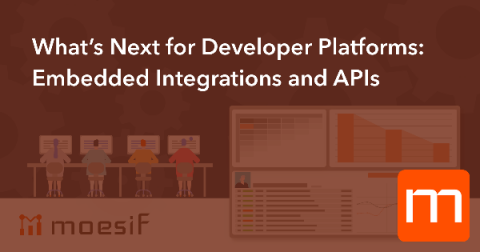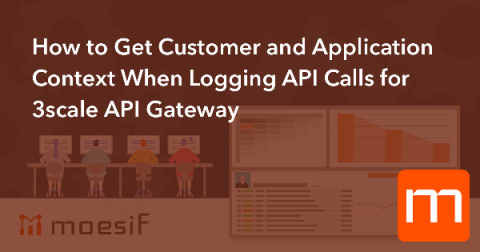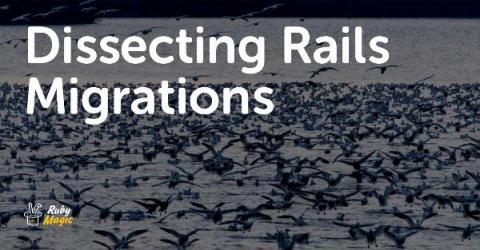Systems | Development | Analytics | API | Testing
%term
Allegro Trains trains-agent installation tutorial
What's New - Qlik Data Analytics - April 2020
Qlik Data Analytics - April 2020 Feature Demonstration
Rookout Debug Sessions Tutorial
Have questions? Learn more and contact as at: https://www.rookout.com/
24 Slack Integrations That Teams Can't Live Without
Kuma Open Governance and Community Calls
We are very proud to announce some very important community updates for Kuma, with the goal of making Kuma more open and more inclusive to the broader open source ecosystem: The Kuma project now ships with open governance guidelines! This makes Kuma the only Envoy-based control plane for service mesh with an open governance policy in the CNCF landscape.
What's Next for Developer Platforms: Embedded Integrations and APIs
This is a companion piece to Jeremy Glassenberg’s talk at the March 2020, API and IPA Meetup in San Francisco. The full video of his talk is below and on Moesif’s YouTube Channel. As popular web services extend their developer platforms for partners to integrate directly into their interfaces, design trends are forming from experiences in the world of embedded integrations.
How to Get Customer and Application Context When Logging API Calls for 3scale API Gateway
As APIs handle enormous amounts of data of a widely varying type, the critical question for any data provider is how specifically to secure this data. An authentication method that gives power to developers to build applications for all of their needs, determines who could access the APIs to protect sensitive data and ensure the request aren’t tempered. Authentication is when an entity proves an identity. Simply put, authentication is the act of verifying that you are who you claim to be.
Dissecting Rails Migrations
In today’s post, we’ll take a deep dive into Rails migrations. We’ll break down the migration into different pieces, and in the process, learn how to write an effective migration. We’ll learn how to write migrations for multiple databases, as well as how to handle failed migrations and techniques of performing rollbacks. To understand the whole post, you’ll need to have a basic understanding of databases and Rails.


